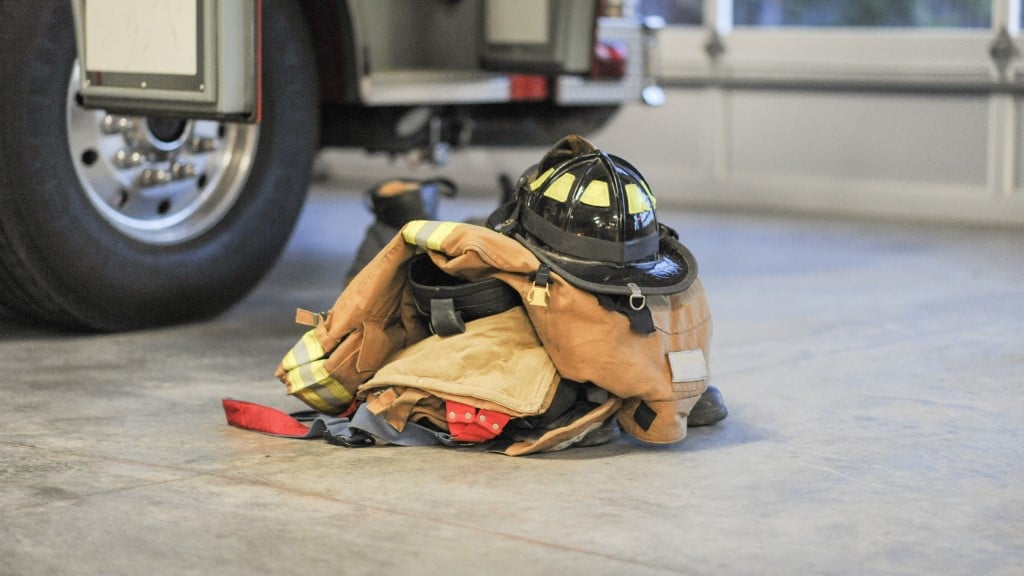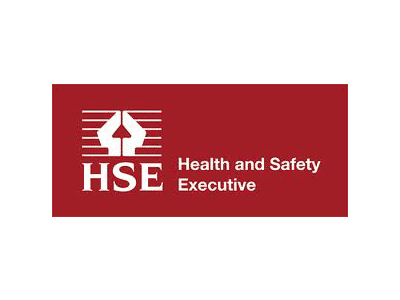August 4, 2023
Check your fire safety responsibilities under the Fire Safety (England) Regulations 2022
From our colleagues at Barbour EHS.
This updated guidance is for people who have responsibilities under the Fire Safety (England) Regulations 2022 (the Regulations). You will have such responsibilities if, under the Regulatory Reform (Fire Safety) Order 2005 (the Fire Safety Order), you are a ‘Responsible Person’ (that is, a person who has some responsibilities) on whom the Fire Safety Order imposes various duties in relation to fire safety in a residential building, such as a block of flats or student accommodation.
The Regulations apply to all buildings in England that comprise two or more domestic premises (including the residential parts of mixed-use buildings) although there are more requirements depending on the height (as explained in this guidance). These buildings are, principally, blocks of flats (whether purpose-built or converted from another type of building, such as a house or office building), but also include blocks used for student accommodation.
The Regulations apply regardless of whether the flats are subject to a long (e.g. 99 years) lease or are rented, and regardless of whether the flats are used to accommodate the general public or a particular group of people (as in the case of, for example, sheltered housing for older people).
The Fire Safety (England) Regulations impose duties on you if you are the Responsible Person for any building which:
- Contains two or more sets of domestic premises.
- Contains common parts through which residents would need to evacuate in the case of an emergency.
The Regulations apply to:
- Parts of the building that are used in common by the residents of two or more domestic premises (e.g. communal corridors and stairways).
- Flat entrance doors.
- The walls and floors that separate any domestic premises from other domestic premises, plant rooms, etc, or from parts of the building that are used in common by the occupants of two or more domestic premises.
- Plant rooms and other non-domestic areas of the building, such as tenant halls, offices, laundries, gymnasia and commercial premises.
- External walls of the building, including doors or windows within an external wall, and attachments to an external wall (e.g. balconies).
- The Regulations do not apply within individual flats, other than in respect of measures installed within flats for the safety of other residents of the building (e.g. sprinklers, smoke detectors connected to a communal fire alarm system, etc).
Enforcement of the Regulations is the responsibility of the same enforcing authority as enforces the Regulatory Reform (Fire Safety) Order 2005. In the case of a block of flats, this is virtually always the local fire and rescue authority.
Updated – flat entrance door checks
The section of the guidance ‘Flat entrance door checks’ has been updated (Duties of the Responsible Person (Buildings over 11m in height)). Best endeavours must be used to carry out such checks at least every 12 months. Records must be kept of the steps taken to comply with this requirement. Checks must include ensuring the doors are effectively self-closing. Doors, frames and any glazing must be checked for any damage and any glazing that may have been replaced must be fire-resistant. Any intumescent strips and smoke seals (where provided) must also remain undamaged, says the guidance. It stresses that any defects in the doors, frames and self-closing devices should be rectified as soon as reasonably practicable and depending on the risks identified.
The guidance also stresses that it is not intended that these checks should involve any more detailed, technical examination of the doors, or of the original standard of installation, nor is it intended that these checks need to be carried out by specialists. It is expected that the Responsible Person, or their staff, should, with simple instruction, be able to carry out the checks.
The guidance has been updated to reflect that the Regulations do not specify requirements for the fire resistance of the doors. The Regulations make no change to the required fire performance of flat entrance doors; this continues to be a matter for the fire risk assessment carried out for compliance with Article 9 of the Fire Safety Order and applicable guidance.
It is stressed that the purpose of the fire doors checks under Regulations 10(4) and (6) is primarily to ensure that self-closing devices are working, and the flat entrance doors are in good working order from a fire safety point of view, while also checking that there are no visually obvious faults signs of tampering, defects or changes to the doors provided.
Other guidance in this document covers the following:
- To which buildings do the Fire Safety (England) Regulations apply?
- Do the Regulations only apply to high-rise residential buildings?
- Responsible Persons.
- Duties of the Responsible Person (General).
- Duties of the Responsible Person (Buildings over 11m in height).
- Duties of the Responsible Person (High-rise buildings).
Home Office
July 2023
Our Comment
This is a useful piece of updated guidance to provide clarity for duty holders that their understanding of current requirements remains up to date.
Contact
At William Martin, we bring unparalleled health & safety expertise and powerful technology to the table. Whatever your sector and wherever you are, we give you the support you need to keep compliant, strong, and successful.
This content has been produced in association with our sister company, Barbour.
For all enquiries, please contact us or call our team on 0203 819 8829.





